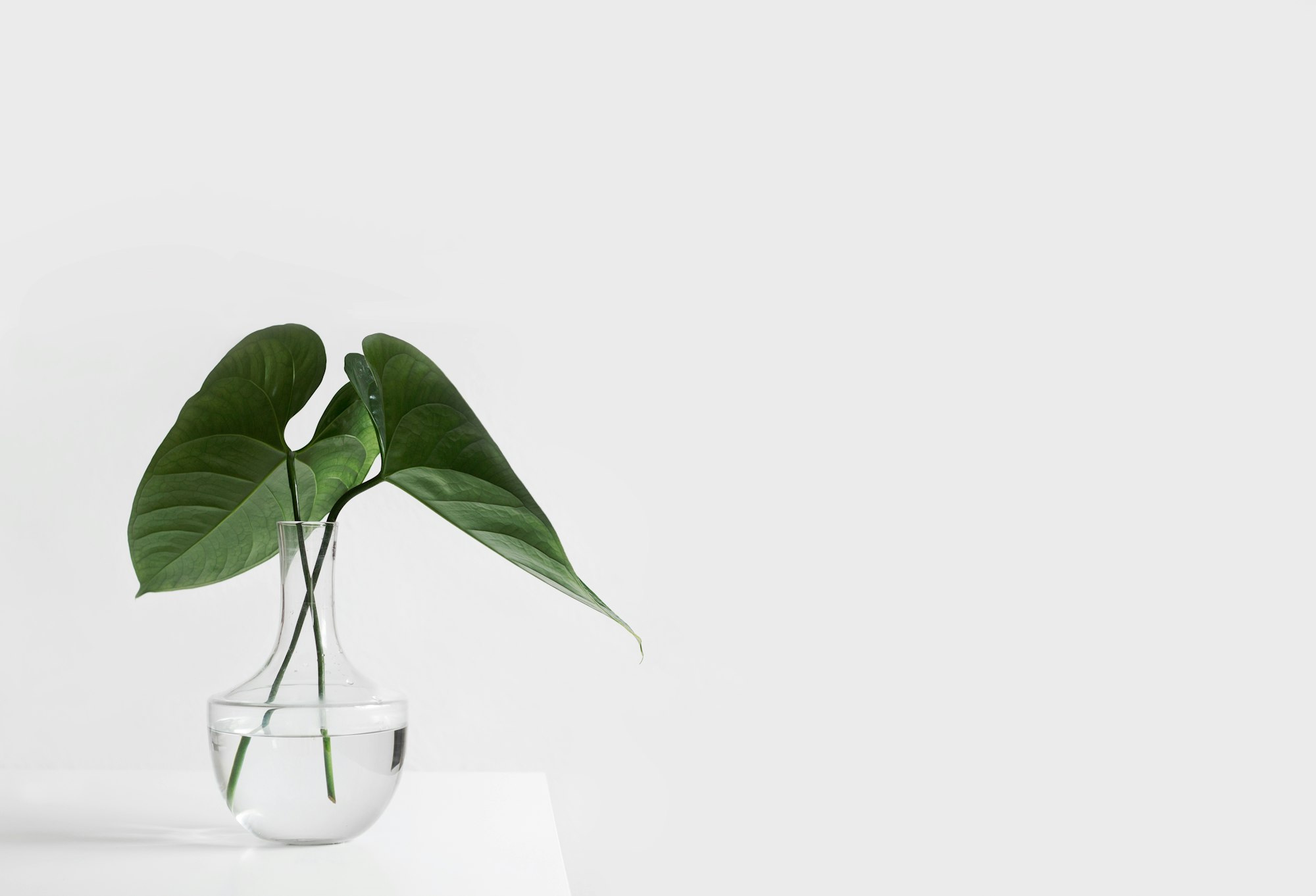
In the field of botany, plants can be classified into various parts based on their structure and functions. Understanding the different parts of plants is fundamental to studying their anatomy, growth, reproduction, and overall biology. In this academic response, we will discuss the main parts of plants. When using herbs, is it important to know which part will have the active ingredients. To see the terminology of herbs, see our Terminology and Definitions page. Herbs are available in several different forms. You can also see our How to Use Bulk Herbs page for more information or our Products A-Z Page to see a list of all of our products. To clarify these forms, here are the terms and definitions that we use:
• Bark: The outer covering of the trunk and branches of a tree, usually corky, papery, or leathery. Bark is the protective outer layer of woody plants, primarily found in trees. It consists of dead cells and provides protection against external factors such as pathogens, fire, and mechanical damage.
• Berries: A fleshy fruit that contains small seeds, the whole pericarp of which is fleshy or pulpy. For more information on Berry Anatomy
• Fruit: The mature ovary of a seed plant. Fruits are mature ovaries of flowering plants. They develop from fertilized flowers and contain seeds. Fruits play a crucial role in seed dispersal, protecting seeds, and providing nutrition for seed germination.
• Leaf/Leaves: Usually flat, green structure of a plant where photosynthesis takes place and attaches to a stem or branch. Leaves are the main sites of photosynthesis in plants. They are typically flat and thin, with a large surface area that allows for maximum light absorption. Leaves consist of a blade or lamina, petiole (stalk), and veins that transport water, nutrients, and sugars. For more information on Leaf Anatomy
• Powder: A fine grain mesh 80-120 grade (roughly the consistency of sugar to powder sugar).
• Rhizome: A plant stem that grows horizontally under or along the ground and often sends out roots and shoots. New plants develop from the shoots. For more information on Rhizome Anatomy
• Root: The bark of the underground part of a plant that serves to anchor it and supplies it with nourishment. Roots: Roots are typically found below the ground and anchor the plant in the soil. They absorb water and minerals from the soil, provide support, and store nutrients. Roots can be further classified into primary roots, lateral roots, and root hairs. For more information on Root Anatomy
• Root Bark: The protective covering surrounding the roots.
- Cambium: Cambium is a thin layer of actively dividing cells located between the xylem and phloem in stems and roots. It is responsible for secondary growth, leading to an increase in the girth of woody plants.
- Xylem: Xylem is a complex tissue that transports water and dissolved minerals from the roots to the rest of the plant. It also provides structural support to the plant.
- Phloem: Phloem is another complex tissue that transports sugars, hormones, and other organic molecules from sources (sites of production) to sinks (sites of utilization or storage) within the plant. It is responsible for the movement of nutrients throughout the plant.
• Stem: The main ascending axis of a plant. Stems are the main structural axes of plants. They provide support to the plant and hold leaves, flowers, and fruits. Stems transport water, minerals, and sugars between the roots and other parts of the plant. Stems may be herbaceous (soft and flexible) or woody (hard and rigid). For more information on Stem Anatomy
• Whole: Not cut.
• Bulb: Bulbs are a part of some plants like onions and tulips. For more information on Bulb Anatomy
- Peel: The outer part of some fruit, also called a rind. For more information on Peel Anatomy
- Seed: A part of most plants, used to propagate more of the plant of origin. Seeds are reproductive structures produced by plants. They contain an embryo, stored food reserves, and a protective seed coat. Seeds are dispersed by various means, such as wind, water, animals, or self-dispersal mechanisms. For more information on Seed Anatomy
- Tuber: A growth of a plant that swells underground. For more information on Tuber Anatomy
- Flower: The budding end of some plants. Often colorful. Flowers are reproductive structures of angiosperms (flowering plants). They are composed of different parts, including sepals, petals, stamens, and carpels. Flowers attract pollinators and produce seeds through fertilization, leading to fruit development. For more information on Flower Anatomy
- Mushroom: Need a bit more explaining. Please see our Mushroom Page


